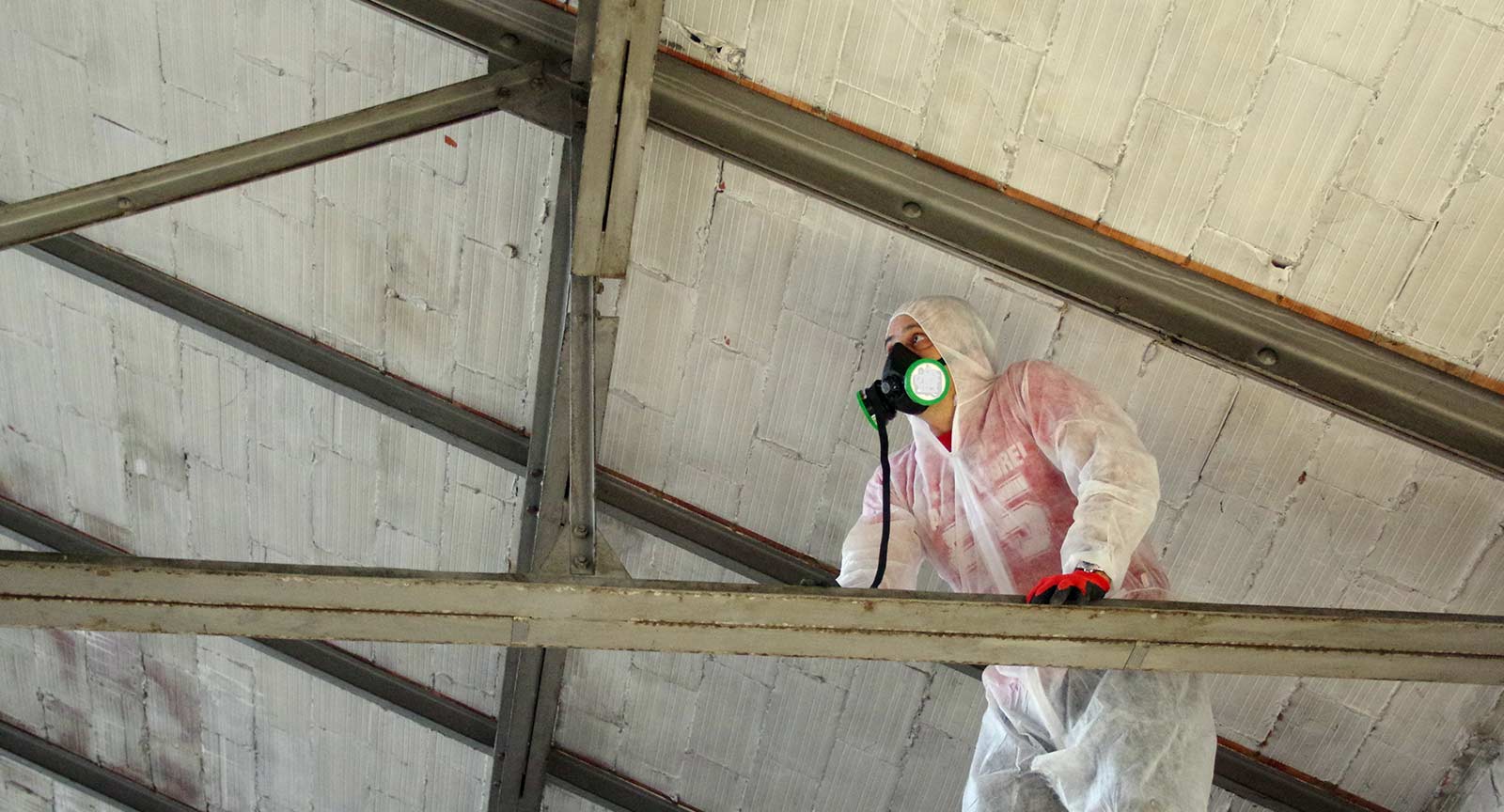Asset/liability guarantee: an undeniable plus point
Weakened by the current economic climate, buyout and franchise opportunities are facing two issues: on the one hand, the emergence of a more buyer-friendly market due to the pandemic and the slowdown in activity, and on the other, the maintenance of a still highly competitive market, favourable to sellers of quality assets. While the pandemic has weakened many companies in sectors such as restaurants, hotels, tourism, aeronautics and the automotive industry, some sectors have fared well: retail, digital commerce, electronics and pharmaceuticals. This situation is increasing the number of takeover opportunities, leading to an increase in mergers/acquisitions as well as in the number of subscriptions to the "Asset/Liability" cover. Here is an overview of this policy, which is still little known, but which is an undeniable asset in the field of Mergers & Acquisitions.
The “asset/liability” guarantee: a security for the buyer
An insurance policy, initially very popular in the Anglo-Saxon market, it has now become established in the French market over the last 5 years, with some success. The “Asset/Liability” guarantee is a contractual clause included in the transfer protocol in corporate mergers & acquisitions. This clause generally provides for the indemnification of the buyer by the seller for any increase in liabilities or decrease in assets in the reference accounts used for the transaction and discovered after the closing of the transaction (= transfer of ownership). The seller thus undertakes to compensate for any loss discovered after the closing of the transaction and originating from an event prior to the closing.
Mergers and Acquisitions transactions have seen strong growth in 2020, particularly in the technology, media and telecoms sectors, where investment is the most important compared to the industrial sector. In an uncertain economic context, “Asset/Liability” insurance policy becomes essential to secure the buyer : by subscribing to this insurance policy with its insurer, the purchaser will have the option of transferring the risk incurred to the company, which he will indemnify in the event of discovery of an accounting irregularity (called a breach) generating, after closing, an unjustified overvaluation of the assets of the sold company (or, an undervaluation of its debts). These breaches are however limited to those provided for in the policy taken out by the insured. They generally relate to tax, social or accounting issues (insufficient provision in the Guaranteed Accounts, for example). This transfer of risk to a third party gives a better chance of seeing the transaction through to completion, and this in a more serene climate between buyer and seller.
What role for the loss adjuster?
In order to deal with situations that are sometimes complex, the companies and professionals affected need know-how that is technical, clear and didactic. Assigned by the insurance company, the loss adjuster must :
- verify the actual existence of the “breach(s)” reported by the buyer,
- methodically and objectively break down the entire chain of events that led to the discovery of these breaches after the closing of the transaction.
The main mission of the loss adjuster: to determine the causes of the loss estimated by the buyer, to verify the circumstances and to evaluate, on the basis of precise investigations, the damage suffered by the buyer. In this respect, the loss adjuster examines the reference accounts, i.e. the Guaranteed accounts, the SPA (sale agreement), the “dataroom” made available to the buyer by the seller, the due diligence work, the reports of the auditor of the target company in addition to the elements provided by the insured to justify his loss. On the basis of these data, the loss adjuster will be able, if necessary, to define the amount of the loss. In this respect, specific cases may arise and require particular vigilance. For example, for some policyholders, the loss suffered may relate to a loss of opportunity of not having been able to negotiate a lower transfer price due to the accounting irregularities that they observe in the guaranteed accounts. However, the spirit of the Asset Liability Insurance and the Policies present on the market do not allow for the compensation of such a loss of opportunity or a price difference, but only the financial impacts resulting from a breach.
Today, the economic situation is increasing the number of business transfers and acquisitions, so that we are witnessing an exponential increase in the subscription of “Asset/Liability” insurance. Another consequence of this situation is the emergence and development of new risks such as cyber attacks or new operating methods for financial or commercial fraud: social engineering aimed at exploiting the psychological, social and organisational weaknesses of individuals and companies. Thus, the mapping of risks in business life is evolving at a frantic pace… The insurance world must therefore show innovation, adaptation and listening, to guarantee the best risk pooling solutions for companies.
Joëlle Lebernady
Financial Risk Loss adjuster
Stelliant Group








